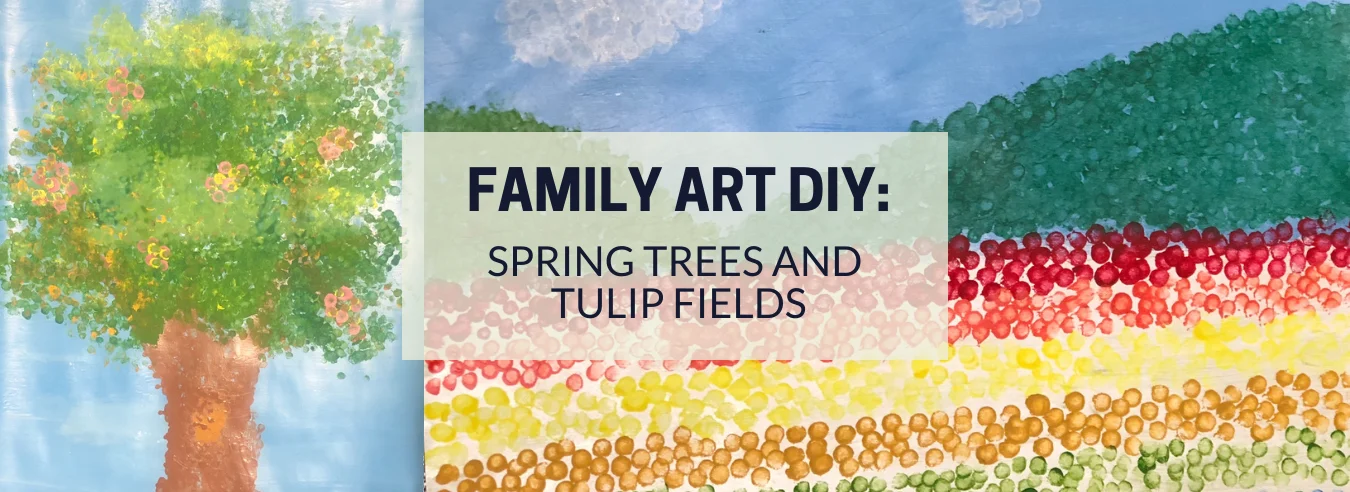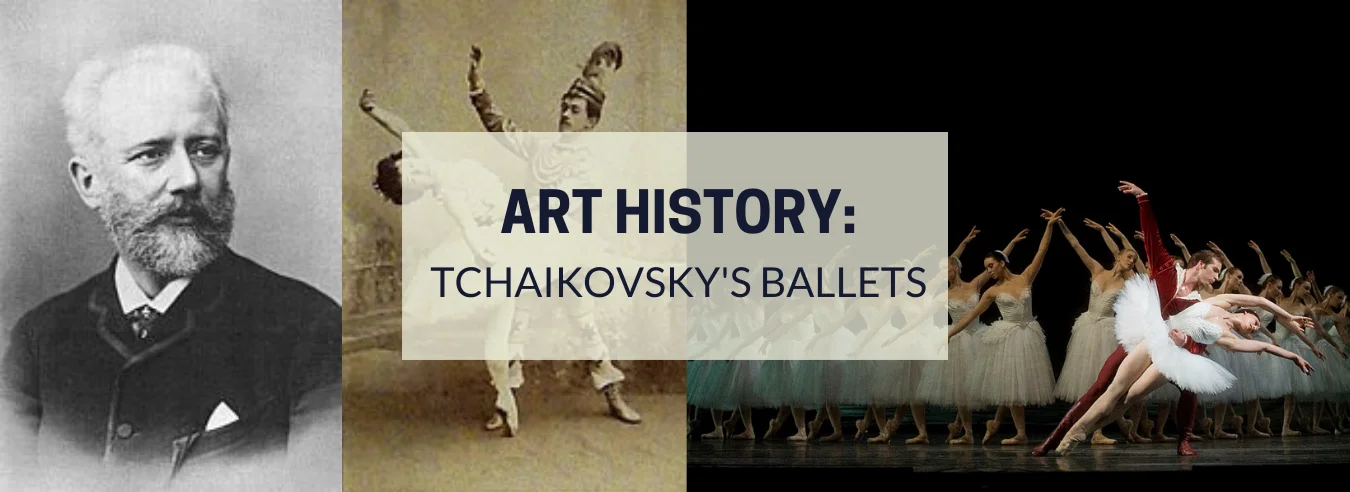With spring in the air, one usually thinks of the flowers and trees in bloom.…
Behind the Scenes How Costume Designers Create Magic
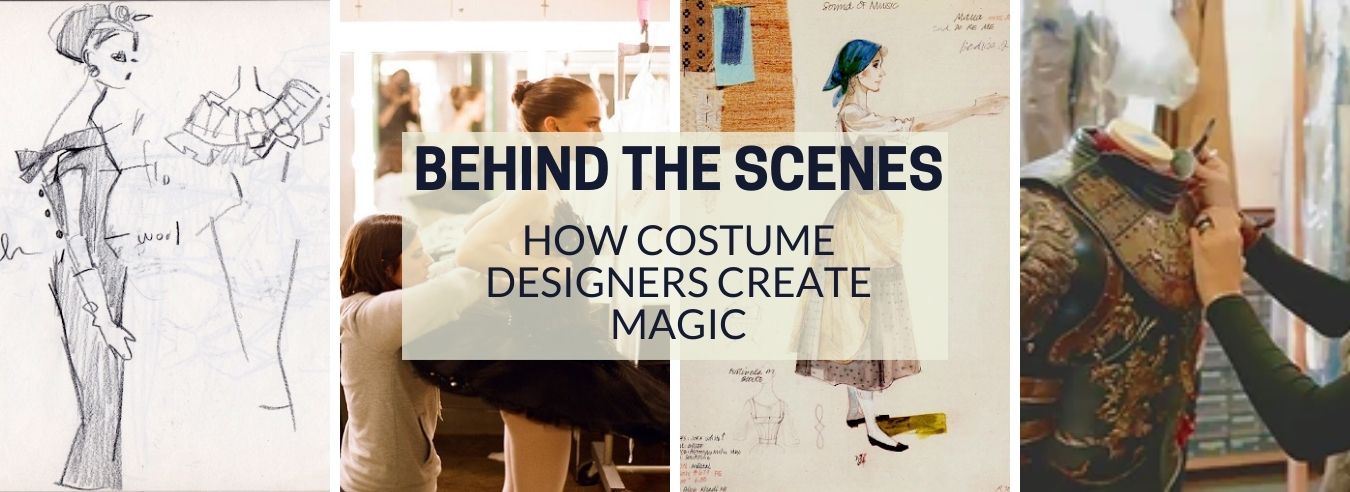
Awards season is fast approaching, and although the landscape of film and television has changed drastically this year, it is no less exciting. The Academy Awards and Emmy Awards are known for honoring the year’s best in film and television. Up-and-coming directors, screenwriters, and actors have their work measured against veterans in their fields. Among the awards for Best Picture, Directing, and Actor or Actress in a Leading Role,there are some awards that get lost in the midst. As a result, brilliant work in less-celebrated categories such as Costume Design can often go unnoticed.
Costume design has existed for nearly as long as live entertainment. Greek playwrights such as Aeschylus made costumes for their actors to perform in dating as far back as the 5th century B.C. These writers recognized just how important clothing is in developing a character for the audience.

A character’s clothing communicates a lot about who they are. The audience can glean their social status, age, personality, and even their importance to the story. In a scene with a large crowd, for example, many costume designers meticulously choose more muted colors and clothing styles for the extras. By contrast, they can draw focus to the main characters with bolder colors and more elaborate fashions.
Costume design is every bit as important as other design aspects of a film, television show, or play. Together we’ll explore the labor of love costume designers embark on in order to bring characters to life.
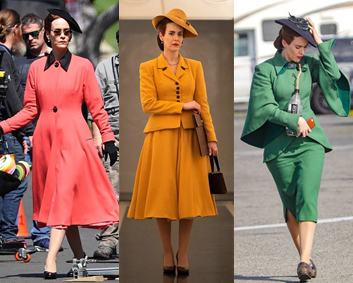
First Steps in Design
Before costume designers even pick up a sketching pencil, there are several crucial steps they must first take, all of which begin with the script. A production script should describe the setting, time period, characters, and action. All four of these elements are instrumental in the planning phase of costume design. The setting and time period will inform the costume designer what era of clothing to design for. In addition, the character’s personality should be reflected in the style of clothing they wear. Lastly, the clothing should be appropriate for the action taking place. Seeing a character wearing basketball shorts during a fight scene, for example, might take the viewer out of the moment.

Collaborative Efforts
Once the costume designer has a good grasp of the script, they will meet with the director and sometimes the writer to go over any notes they’ve taken while reading it. During these production meetings, they discuss the overall color palette and mood they want to convey. Will it be cool blues and grays to fit a more melancholic tone or soft pastels to achieve a dreamlike feeling? Costumes that match or complement the overall palette are very pleasing to the eye and help draw the viewer in. Throughout this process, the costume designer will work closely with the director to make sure they never stray far from their overall vision.

Hitting the Books
The next step in a costume designer’s process is critical to creating a believable, cohesive world. For costumes to be era-appropriate, the designer will need to do some heavy research. This includes cross-referencing the internet, library archives, museums, and old photo albums. In films set in modern times, current fashion trends need to be instantly recognizable. Some costume designers even take on-location trips where they can draw inspiration from the local people of the region. During this portion of the process, costume designers will begin preliminary sketches. They will also begin creating what is called a “research bible” where they will keep their notes, inspiration images, and sketches. The research bible is an important tool that costume designers will continuously update.
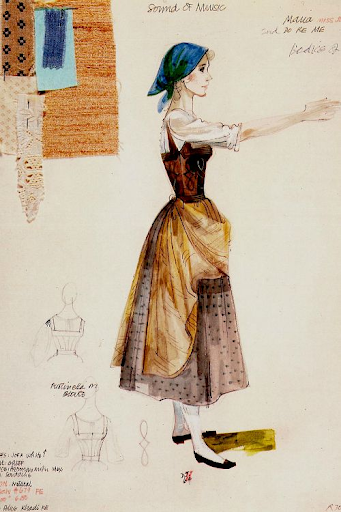
Costume Construction Begins
After the research phase, the following step is creating colorful renders with fabric swatches attached. These help the director get a better visual sense of each costume. The character’s personality and overall look begin to emerge through these renderings. With the director’s approval, the construction phase can now commence. The costume designer will assemble a team who will craft prototypes based on the renderings. The team will start by getting the actor’s accurate measurements. The actors will frequently be brought in for fittings after which necessary alterations will be made.
Costumes are not always made from scratch, as it is a very time-consuming process and designers are working on extremelyy tight schedules. To ease this burden, the team will sometimes purchase costumes and alter them in-house. To give the costumes a more natural look, the designers can “age” them by running them through several washes or staining them with oils. They may also use suede brushes or razors to add artificial wear and tear.
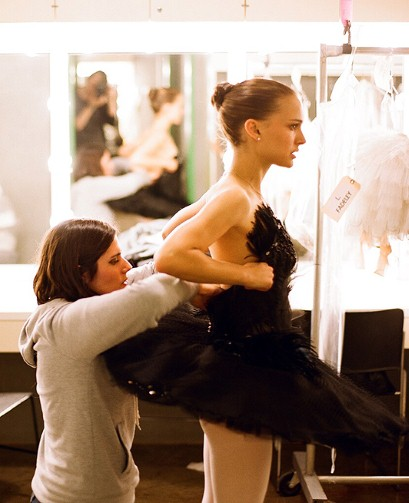
Picture-Perfect Ensembles
After weeks or sometimes months of work and preparation, the costumes are nearly complete. Costume designers will bring in the actors for a final fitting and approval. In theater, this happens near opening night in what is called the “costume parade.” The actors arrive in their costumes to stand under the stage lights, as they would during the performance. Because lighting can completely change the way a garment looks, this is a crucial step. The costume parade offers the costume designer and the director a full sense of how the characters will look on stage in their attire. After making any final adjustments, the costumes are ready for showtime.
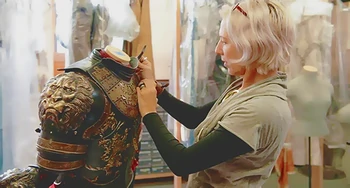
Behind the Scenes Magic
Costume design is a long, arduous process. It includes months of research, design, collaboration, frequent alterations and immaculate attention to detail. But the magic that costume designers achieve makes all of the hard work worth it. From the intricate details on royal gowns in The Crown to faithful superhero interpretations in The Avengers, costume designers help us believe in the characters and their worlds. Although costume designers rarely become household names, their beautiful work lives on in the rich characters they help bring to life.

